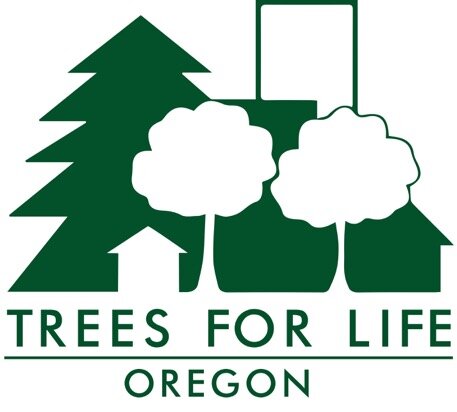Timeline Set for Urban Forest Management Plan Update and Community Input
At the Urban Forestry Commission’s November meeting the City’s Urban Forestry staff briefed UFC members on its planned schedule and process for updating the nearly two-decade-old Urban Forest Management Plan (UFMP).
The UFMP is the long-term, big-picture document that will inform and set the stage for the substantive tree code rehaul to follow. Much as Trees for Life Oregon wishes the City would move with much greater haste to revise the tree code so it would preempt the removal of the healthy, large-form trees we’re losing daily, the City has created a two-step process: first the UFMP, then the tree code.
Here’s the schedule that Urban Forestry staff Brian Landoe and Belinda Judelman presented to the UFC. Based on this timeline, it looks like the City won’t turn to substantive tree code changes until at least 2025:
→September 2022-January 2023: develop project scope and request for proposals (for the two consultants the City will hire, one a technical lead and the other a community engagement lead)
→April-July 2023: select consultants
→July 2023: launch the project
→Summer/fall 2023-early 2025: develop the plan
Why the Update? The current UFMP dates to 2004 and doesn’t reflect current conditions and priorities, especially climate change.
What Will Be in the Plan? According to Brian Landoe, it will contain “community-driven vision and goals; an analysis of the state of the urban forest; an assessment of strengths, challenges, and opportunities; prioritized actions; and recommendations.” It will identify “key stakeholders” and will lay out “clear monitoring and reporting protocols.”
How Will Community Engagement Work? The City’s plans for community and stakeholder engagement in the update won’t be ironed out until the consultants are on board, said Belinda Judelman, whom UF hired in August to lead the project. Current guiding questions for the public input process, she said, are these: Who is responsible for maintaining the urban forest? Who is impacted by management of the urban forest? Who is likely to be most concerned about management decisions? Who is heavily impacted but unlikely to be heard or know how to get engaged? At the moment, Urban Forestry envisions these entities at the table:
—A technical advisory committee comprising staff from other bureaus including PBOT, BES, BDS, and Multnomah County and regional agency representatives.
—A community advisory committee comprising homeowners and renters of diverse racial backgrounds and ages, those living with disabilities, and especially residents of low-canopy, low-income areas.
—The Urban Forestry Commission, whose members were asked at this November meeting how they wished to contribute input into the UFMP update.
—Focused listening sessions to get input from hard-to-reach communities such as non-English speakers, seniors, and those with disabilities.
—Possible group workshops for environment and tree interest groups.
UFC’s Response: After the Urban Forestry presentation, Urban Forestry Commission members raised these concerns and suggestions about how to make the community engagement process more effective and meaningful:
■ Too often, community voices aren’t brought in until the City has already made its decisions. Community engagement should start now, in the UFMP update’s scoping phase, to increase affected communities’ understanding and ownership of the process and its outcomes.
■ Rather than silo discussions in the way presented here, get people with different perspectives talking in the same room. The City staff on the technical committee should be in the same room as community members. And a community advisory committee should include tree groups, advocates, arborists, developers, people with disabilities, etc. This kind of cross-pollination is key.
■ The Urban Forestry Commission should be involved at every point.
